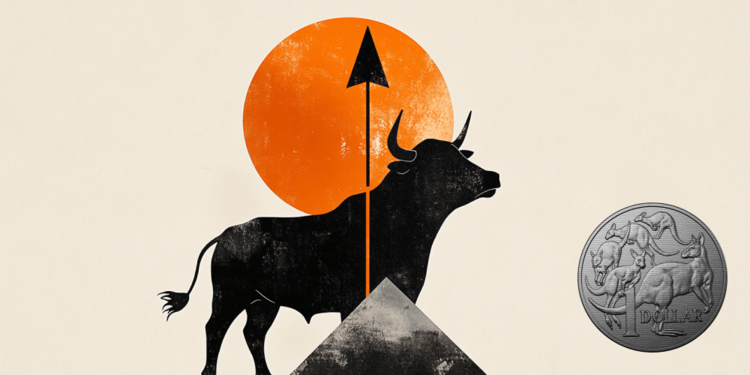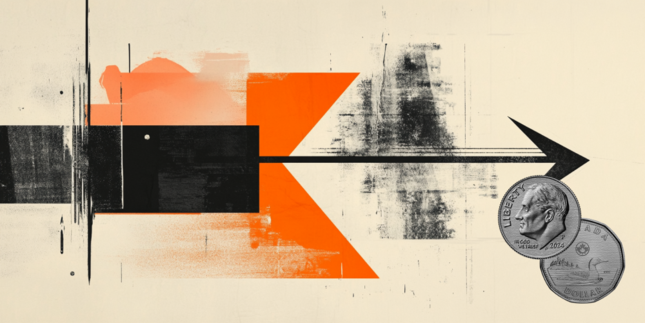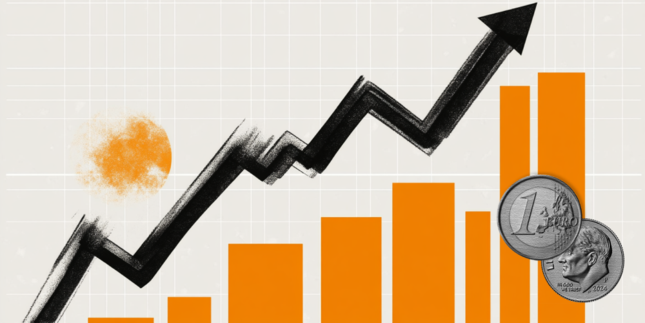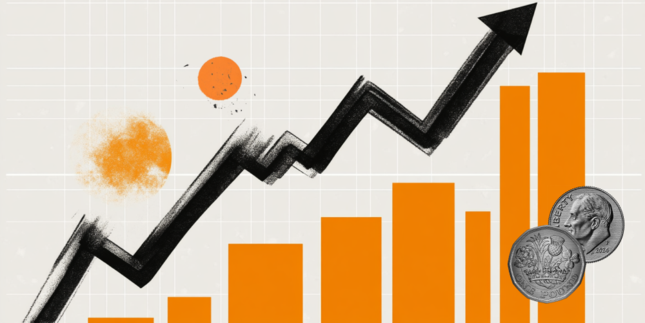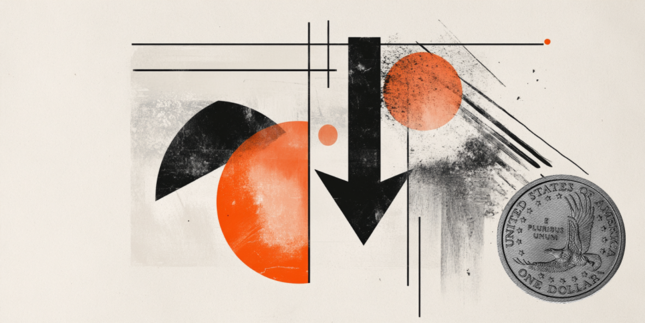Australian Dollar edges higher as traders brace for US PMI release
- The Australian Dollar drifts higher in Tuesday’s early European session.
- The RBA decided to keep the OCR on hold at 4.10% at its April meeting on Tuesday.
- China's Caixin Manufacturing PMI rose to 51.2 in March vs. 51.1 expected.
- Traders await the US ISM Manufacturing PMI data, which is due later on Tuesday.
The Australian Dollar (AUD) gains traction on Tuesday. As widely expected, the Reserve Bank of Australia (RBA) kept the Official Cash Rate (OCR) on hold at 4.10% following the conclusion of its April policy meeting. The Aussie attracts some buyers following the interest rate decision.
The RBA’s monetary policy statement indicated that the board is concerned and cautious about whether inflation will continue to moderate. The Australian central bank acknowledged that recent announcements from the US on tariffs are “having an impact on confidence globally” and that it views geopolitical uncertainty as “pronounced”.
Nonetheless, the upside for the pair might be limited amid global trade uncertainties. The markets might turn cautious ahead of reciprocal tariffs from US President Donald Trump on Wednesday, which could undermine the Aussie. Looking ahead, the US ISM Manufacturing Purchasing Managers' Index (PMI) data for March will be in the spotlight.
Australian Dollar drifts higher after RBA rate decision
- RBA Governor Michele Bullock said during the press conference that policymakers have to be careful not to get ahead of ourselves on policy.
- RBA’s Bullock further stated that the board did not discuss on a rate cut and did not make up its mind on a May move. The board did not open door to a May rate cut.
- China’s Caixin Manufacturing PMI improved to 51.2 in March from 50.8 in February. This reading was better than the expectation of 51.1.
- China’s NBS Manufacturing PMI rose to 50.5 in March versus 50.2 prior, in line with the market consensus. Meanwhile, the NBS Non-Manufacturing PMI climbed to 50.8 in March from 50.4 in February and was stronger than the estimation of 50.5.
- Trump stated late Monday that his reciprocal tariffs plan will target all other countries when they are unveiled Wednesday. He denied that the additional tariffs will target just the top ten or 15 trade partners that have their own import duties on US goods.
- Australia’s Retail Sales rose 0.2% MoM in February, compared to a rise of 0.3% in January, according to the Australian Bureau of Statistics (ABS) on Tuesday. The reading came in below the market expectations of 0.3%.
- Economists surveyed by Bloomberg expect the Australian central bank will stand pat at 4.1% and stick with a cautious stance after easing for the first time in four years last month.
Australian Dollar maintains a bearish lean within a symmetrical triangle
AUD/USD trades firmer on the day. The pair trades within the symmetrical triangle pattern on the daily timeframe. The negative outlook of AUD/USD remains in play, with the price holding below the key 100-day Exponential Moving Average (EMA). The downward momentum is supported by the 14-day Relative Strength Index (RSI), which stands below the midline near 41.50, supporting the sellers in the near term.
The lower limit of the triangle pattern at 0.6225 acts as an initial support level for the pair. Extended losses could see a drop to 0.6186, the low of March 4. Further south, the next contention level is located at 0.6130, the low of January 13.
On the flip side, the first barrier for AUD/USD is seen at 0.6330, the high of March 26. The next hurdle to watch is 0.6352, the 100-day EMA. A decisive break above this level could see a rally to 0.6370, the upper boundary of the symmetrical triangle pattern.
Interest rates FAQs
Interest rates are charged by financial institutions on loans to borrowers and are paid as interest to savers and depositors. They are influenced by base lending rates, which are set by central banks in response to changes in the economy. Central banks normally have a mandate to ensure price stability, which in most cases means targeting a core inflation rate of around 2%. If inflation falls below target the central bank may cut base lending rates, with a view to stimulating lending and boosting the economy. If inflation rises substantially above 2% it normally results in the central bank raising base lending rates in an attempt to lower inflation.
Higher interest rates generally help strengthen a country’s currency as they make it a more attractive place for global investors to park their money.
Higher interest rates overall weigh on the price of Gold because they increase the opportunity cost of holding Gold instead of investing in an interest-bearing asset or placing cash in the bank. If interest rates are high that usually pushes up the price of the US Dollar (USD), and since Gold is priced in Dollars, this has the effect of lowering the price of Gold.
The Fed funds rate is the overnight rate at which US banks lend to each other. It is the oft-quoted headline rate set by the Federal Reserve at its FOMC meetings. It is set as a range, for example 4.75%-5.00%, though the upper limit (in that case 5.00%) is the quoted figure. Market expectations for future Fed funds rate are tracked by the CME FedWatch tool, which shapes how many financial markets behave in anticipation of future Federal Reserve monetary policy decisions.
Forex News
Keep up with the financial markets, know what's happening and what is affecting the markets with our latest market updates. Analyze market movers, trends and build your trading strategies accordingly.
